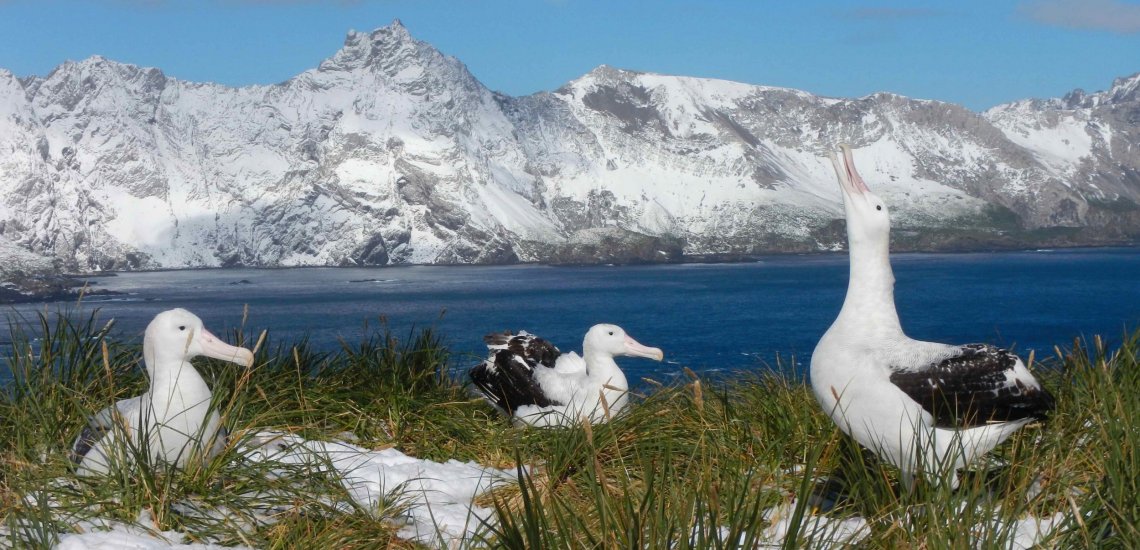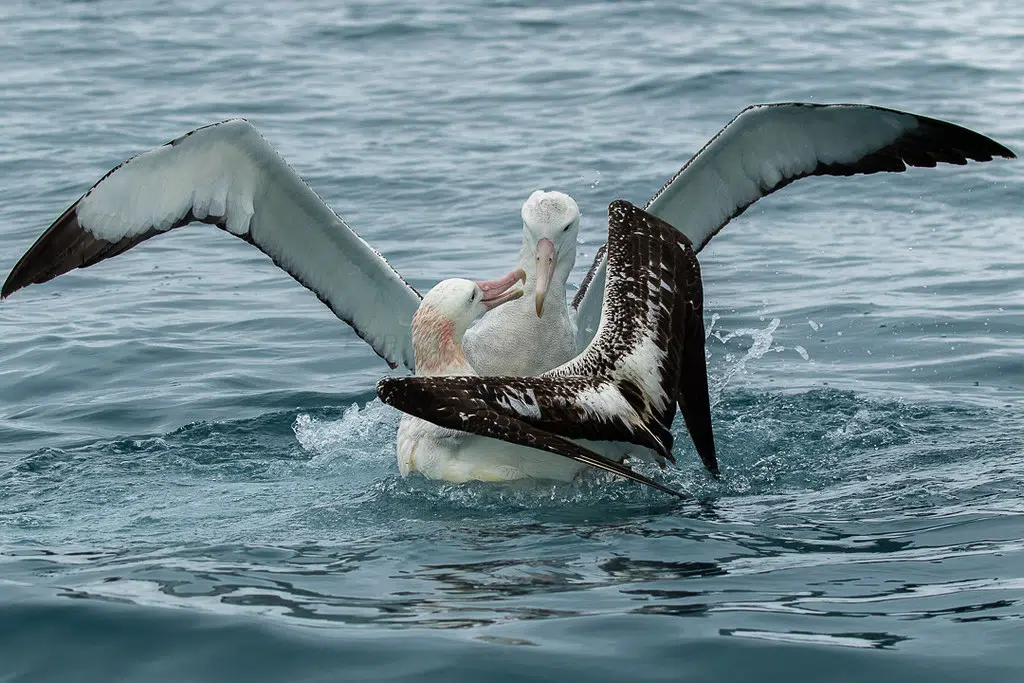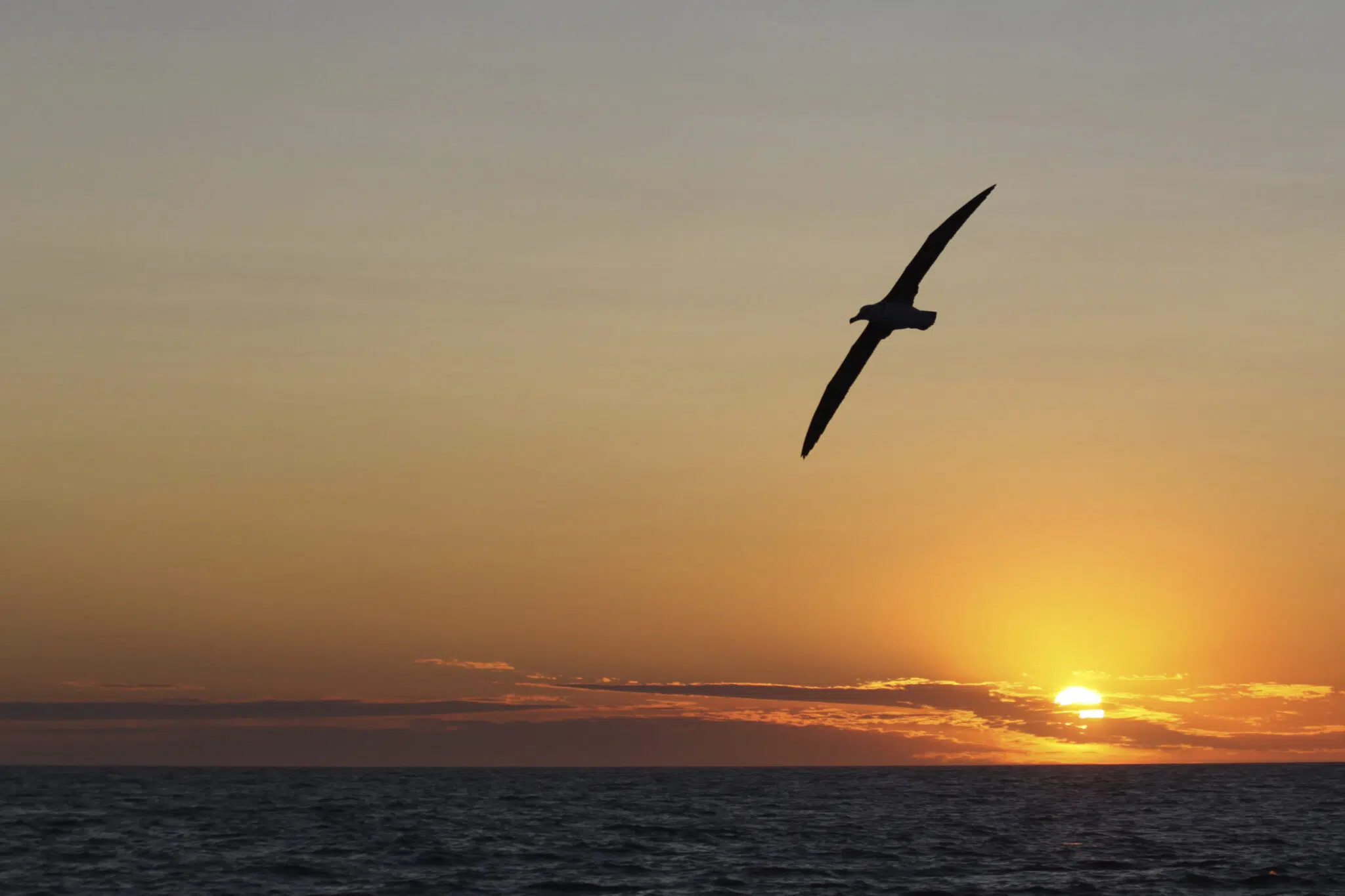Bycatch risk for Wandering Albatrosses venturing to the Patagonian Shelf
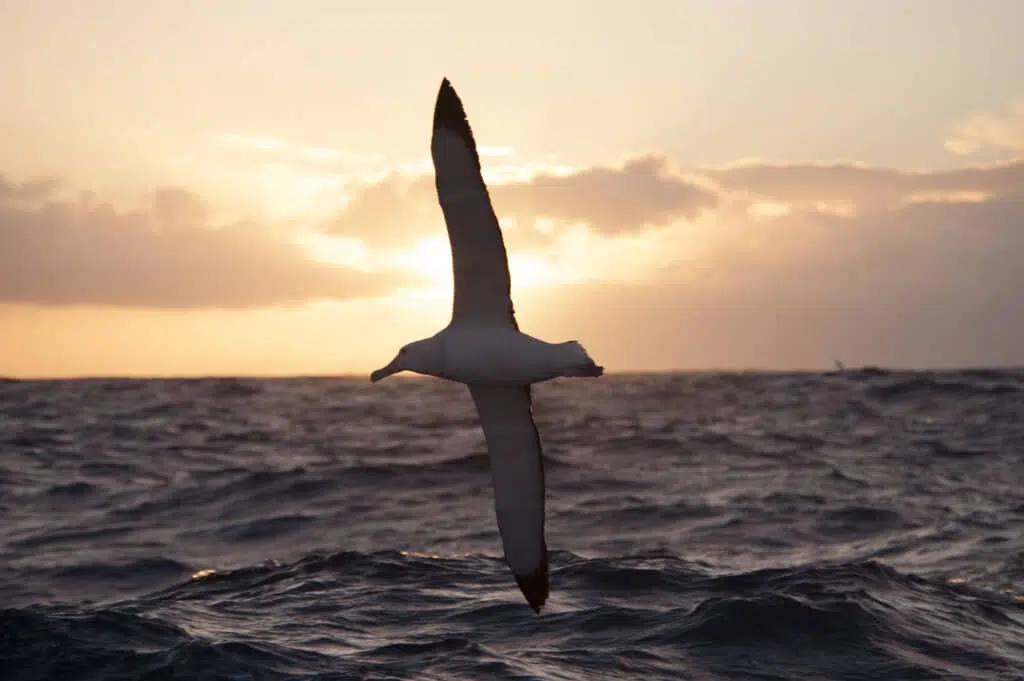
As with many of the world’s albatross species, bycatch from fisheries is a major threat to Wandering Albatrosses. A new study led by BirdLife and the British Antarctic Survey, in collaboration with Global Fishing Watch, revealed that over half of Wandering Albatrosses that breed on Bird Island, South Georgia, come into contact with fishing vessels from multiple fishing nations. Bycatch risk was highest along the Patagonian Shelf break, highlighting the critical need for conservationists to work with multiple fleets to implement best-practice mitigation measures in the region.
Header image: A Wandering Albatross soaring across the sea as the sun sets © vladsilver/Shutterstock
Wandering Albatrosses have the largest wingspan of any bird species, their extraordinary wings measuring over 3 meters from tip to tip. These help give the birds their name, allowing them to soar thousands of miles over the Southern Ocean in search of food.
The bait, unwanted catch and processing waste discarded by fishing vessels mimics their natural food sources, and given they can smell food from kilometres away, hundreds of albatrosses can be attracted to a fishing vessel. Here, unfortunately, many meet an untimely end as they grab baited hooks set by longliners, or collide with cables on trawlers. Interactions with fisheries is the leading threat to many albatrosses, now the most threatened bird family in the world. This has caused a dramatic decline of the South Georgia population of Wandering Albatrosses since the 1970s, even though bycatch has been reduced to negligible levels in the local fishery.
In a new study published in Biological Conservation, the movements of this iconic species were tracked using radar-GPS devices to study interactions with fishing vessels. By cross referencing the birds’ movements with the locations of fishing vessels, the researchers found that those that travelled to the Patagonian Shelf break were particularly at risk. Of the 251 birds that were tracked, 55% encountered (within 30 km) vessels flagged to multiple nations using different types of fishing gear, and 43% of the birds showed close attendance (were within 5 km). This continued interaction with vessels exposes the birds to possible injury or death.
Hope for these majestic seabirds
Several bycatch mitigation measures have been developed in recent years. These include weighting hooks or lines more heavily so that bait quickly sinks beyond the grasps of albatrosses, setting lines at night as many species feed much more actively during the day, and using colourful streamers that flap in the wind, discouraging birds from approaching vessels.
Over the last few years, BirdLife’s Albatross Task Force has worked extensively onboard fishing vessels to help put these measures in place, achieving extraordinary success in countries such as Namibia and South Africa. Despite these solutions, in many regions – including the Patagonian Shelf break – there are still problems with implementation. “We know that deaths or injuries of seabirds in fisheries can be avoided by using some simple but highly effective techniques” says Ana Carneiro, Marine Science Manager at BirdLife and lead author of the paper, “the problem is that there is no checking of compliance with those measures in many fisheries.”
Tracking the birds’ movements also allowed the researchers to pinpoint exactly which vessels the birds approached. Richard Phillips, a co-author of the study from the British Antarctic Survey notes that, “Now that we have identified the fleets that represent the greatest risk to wandering albatrosses from South Georgia, it is really important that advocacy focuses on those particular fishing nations and the vessel operators.”
The paper highlights the urgent need to engage with fisheries managers, operators and crew from South Korea, UK, Chile, Portugal, Taiwan and Brazil in order to ensure they implement best-practice bycatch mitigation measures. If fishing vessels comply with these measures, South Georgia’s Wandering Albatross population may stand a chance of recovery, offering fresh hope to these majestic seabirds.
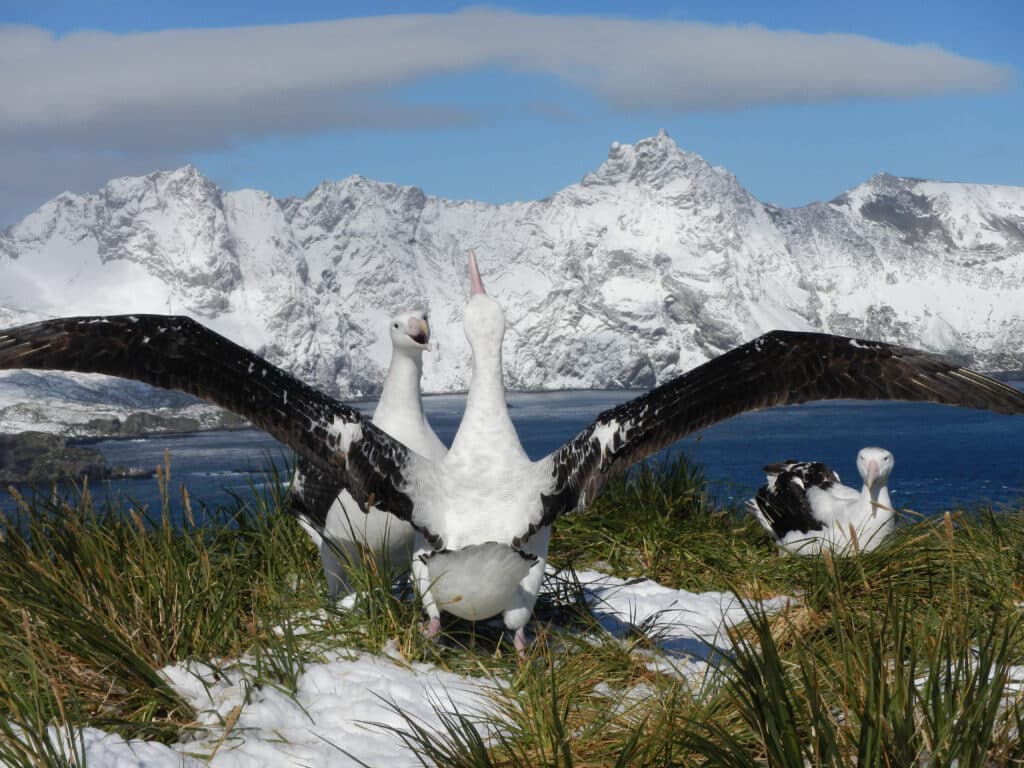
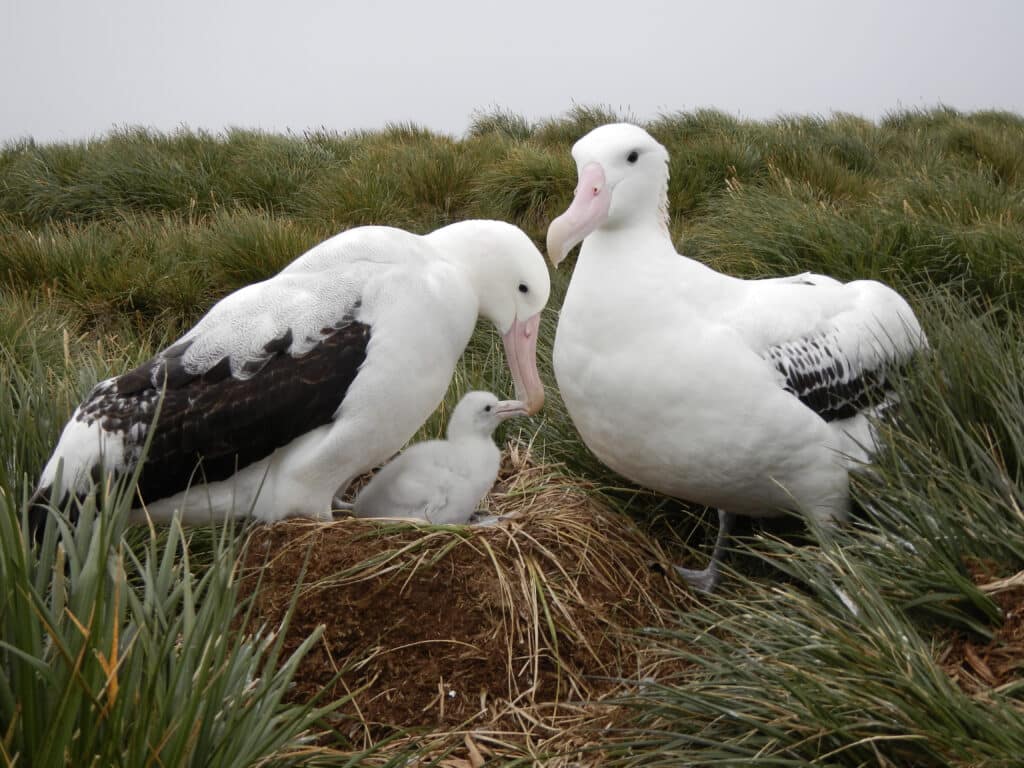
“We know that deaths or injuries of seabirds in fisheries can be avoided by using some simple but highly effective techniques”Ana Carneiro, Marine Science Manager at BirdLife
